Fresh, Crusty Baguette At Home? Here’s How to Make It!
Making a fresh, crusty French baguette at home is easier than you think. With just a few basic ingredients, you can enjoy a warm, homemade loaf in no time. Follow this detailed recipe to create the best baguette right in your own kitchen.
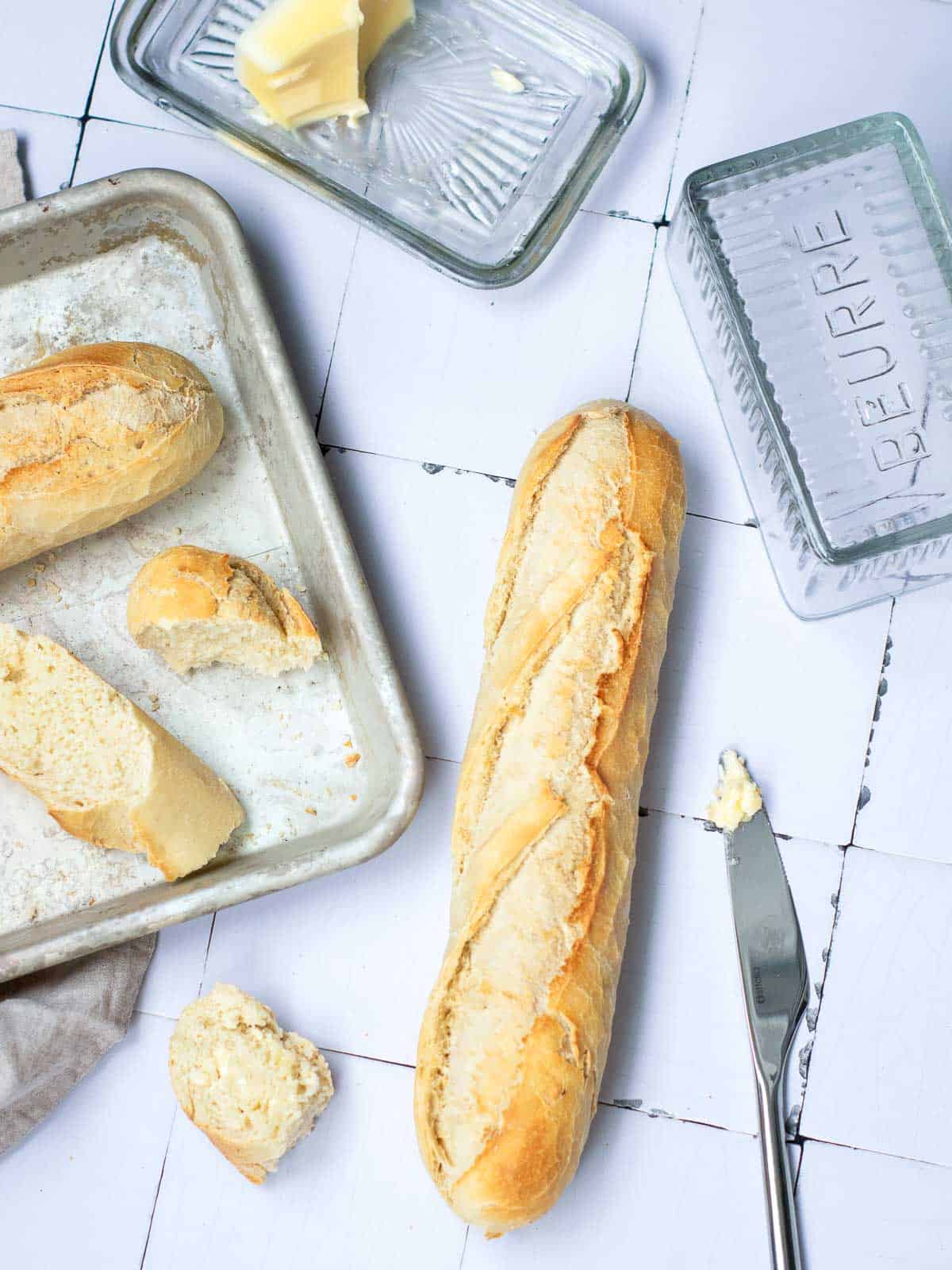
Disclosure: This post may contain affiliate links. This means I get a small commission if you decide to make a purchase through my links at no extra cost to you.
Baking a French baguette at home always reminds me of a trip I took to Paris years ago. I still remember strolling through the streets of Paris, a warm baguette from a local boulangerie in hand. That simple experience stuck with me, and I’ve always wanted to recreate that fresh, homemade taste in my own kitchen.
This recipe is a great way to bring a little piece of Paris into your home. It’s straightforward and requires no special equipment—just a few basic ingredients and a bit of patience. With this guide, you’ll be able to bake your own fresh, crusty French baguette and enjoy the satisfaction of homemade bread.
Ingredients
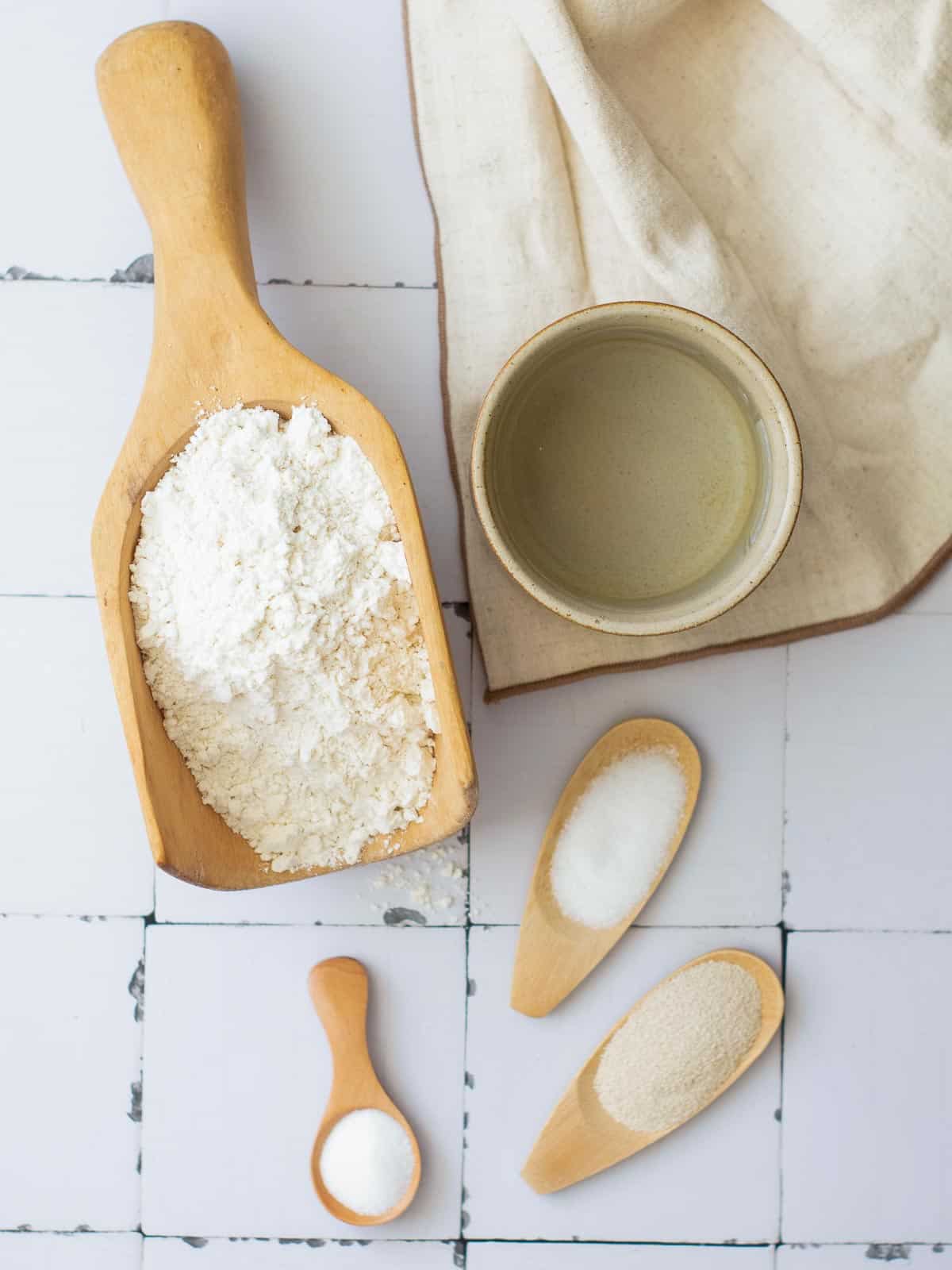
Bread Flour: Bread flour is ideal for this recipe because it has a higher protein content than all-purpose flour. It helps create the chewy interior characteristic of a good baguette. All-purpose flour will work if bread flour is unavailable, but the results may differ slightly.
Instant Yeast: Instant yeast doesn’t need to be proofed in water beforehand and can be mixed directly into the dry ingredients. It ensures a quicker and more efficient rise, helping you achieve that airy texture. Active dry yeast can be substituted if needed, but you’ll need to proof it first in warm water and sugar before using.
Warm Water: Warm water (around 100℉) is critical to activating the yeast without killing it. Too hot water can damage the yeast, while too cold will slow the fermentation. A temperature of around 100℉ is ideal for getting the yeast to work its magic, helping the dough rise at the right pace for that perfect baguette texture.
See the recipe card for the complete list of ingredients and quantities.
Step-by-step Instructions
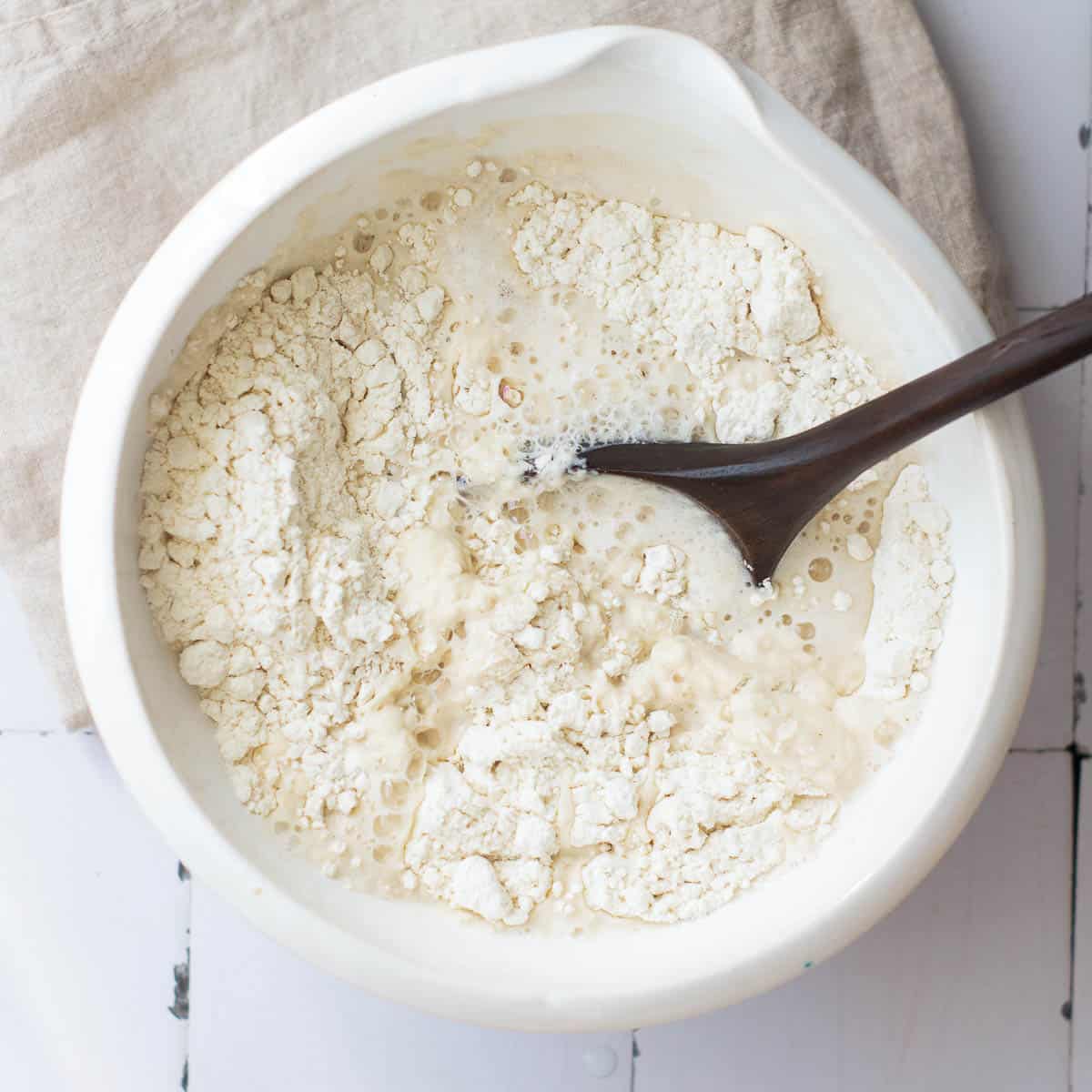
Step 1: In a large mixing bowl, combine the flour, salt, sugar, and instant yeast. Make a well in the center and pour the warm water into it. Mix with a wooden spoon until a rough dough forms.
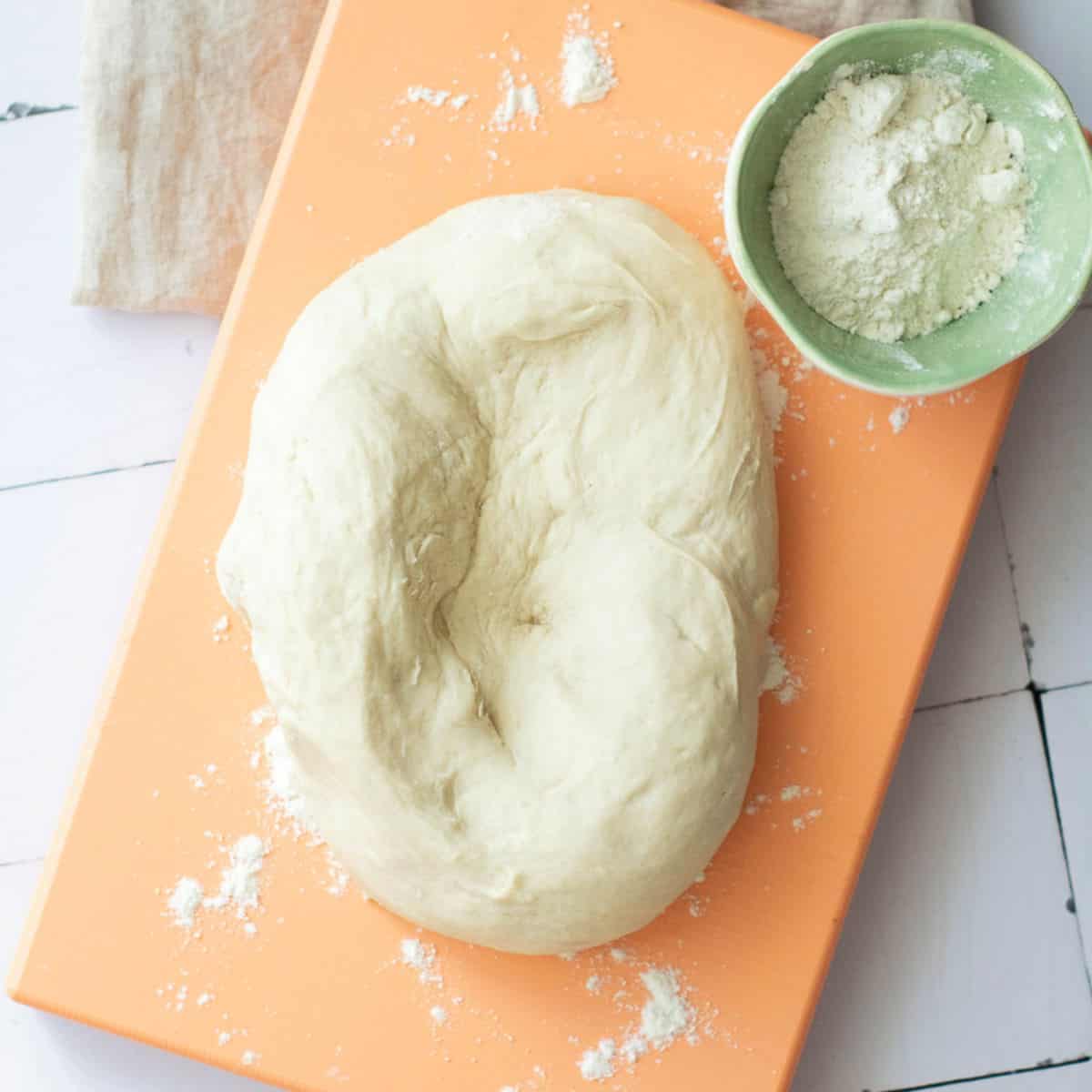
Step 2: Transfer the dough to a lightly floured surface. Knead for about 10 minutes until the dough becomes smooth, elastic, and slightly sticky. If it’s too sticky, add a little more flour.
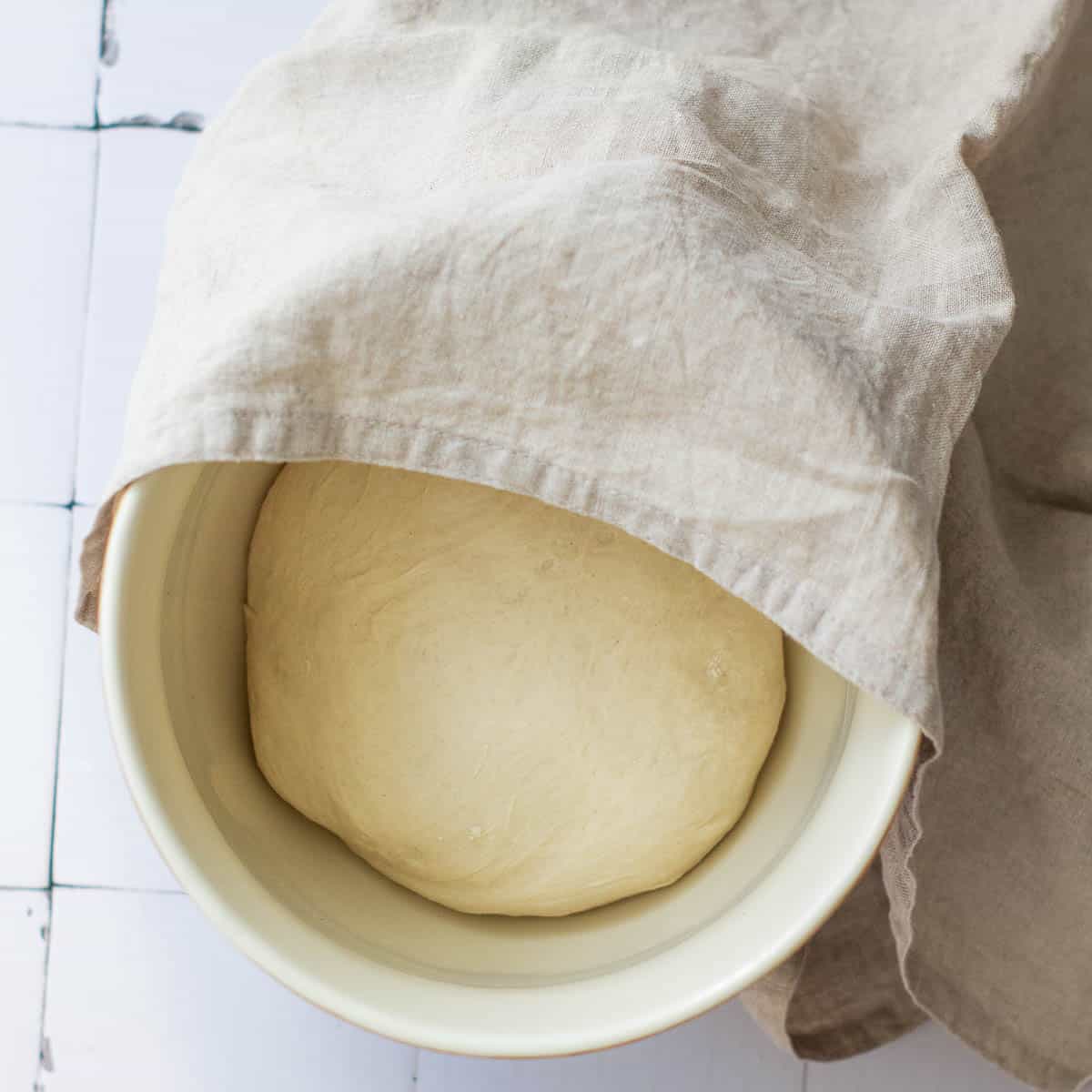
Step 3: Shape the dough into a ball and place it in a lightly oiled bowl. Cover the bowl with a damp cloth or plastic wrap. Let it rise in a warm place for 1-2 hours or until doubled in size.
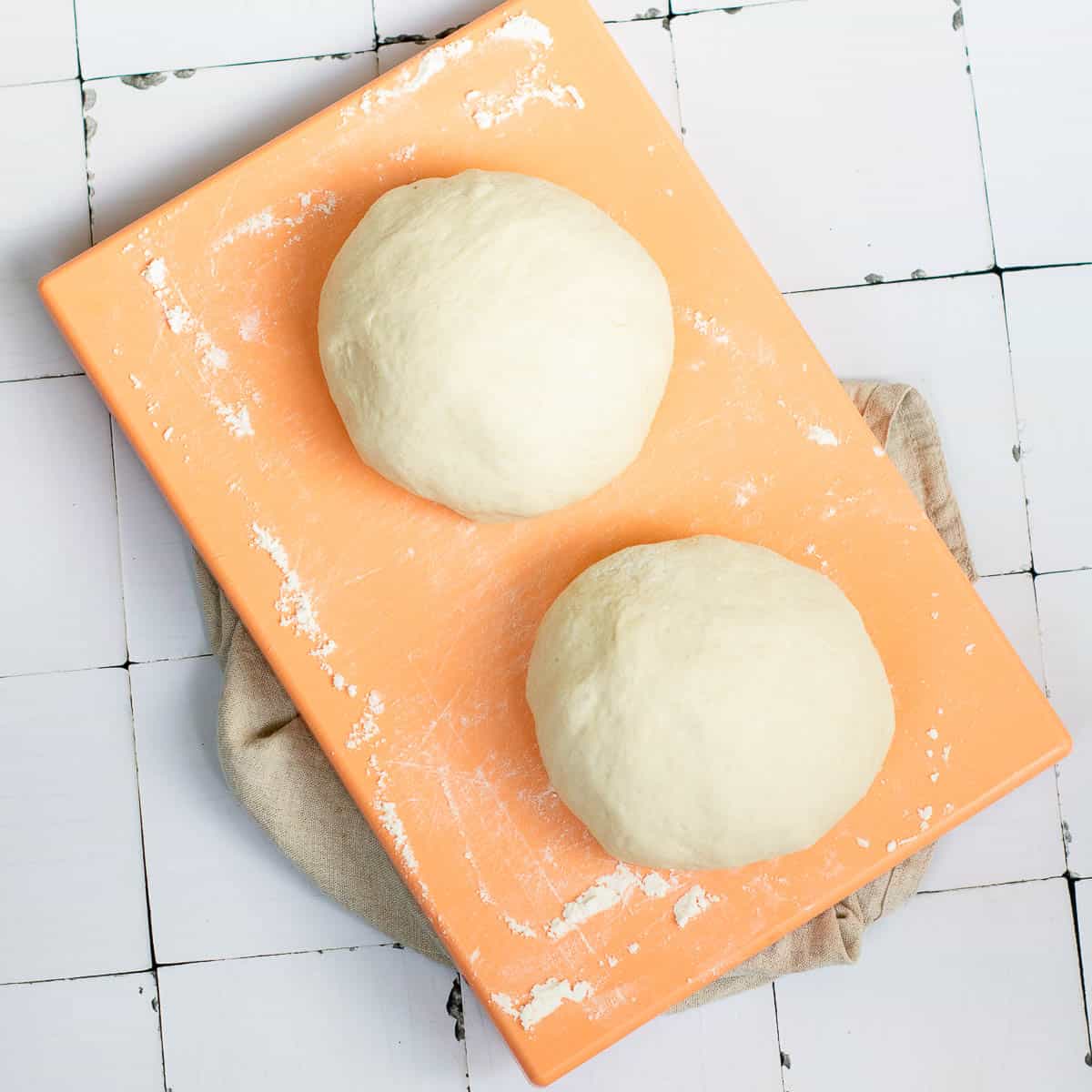
Step 4: After the first rise, gently deflate the dough and turn it out onto a floured surface. Divide the dough into two equal pieces.
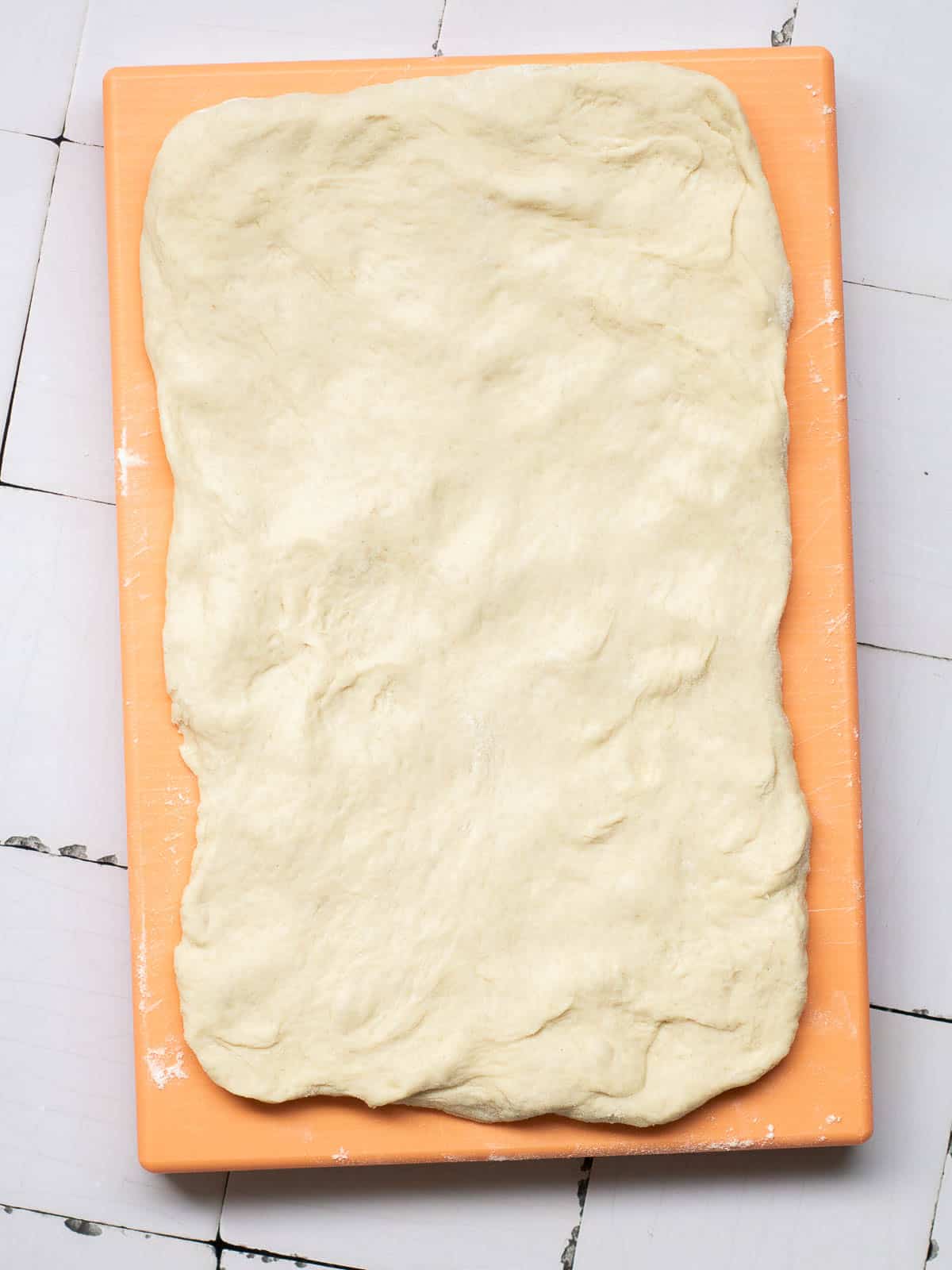
Step 5: Working with one piece at a time, shape the dough into a rectangle.
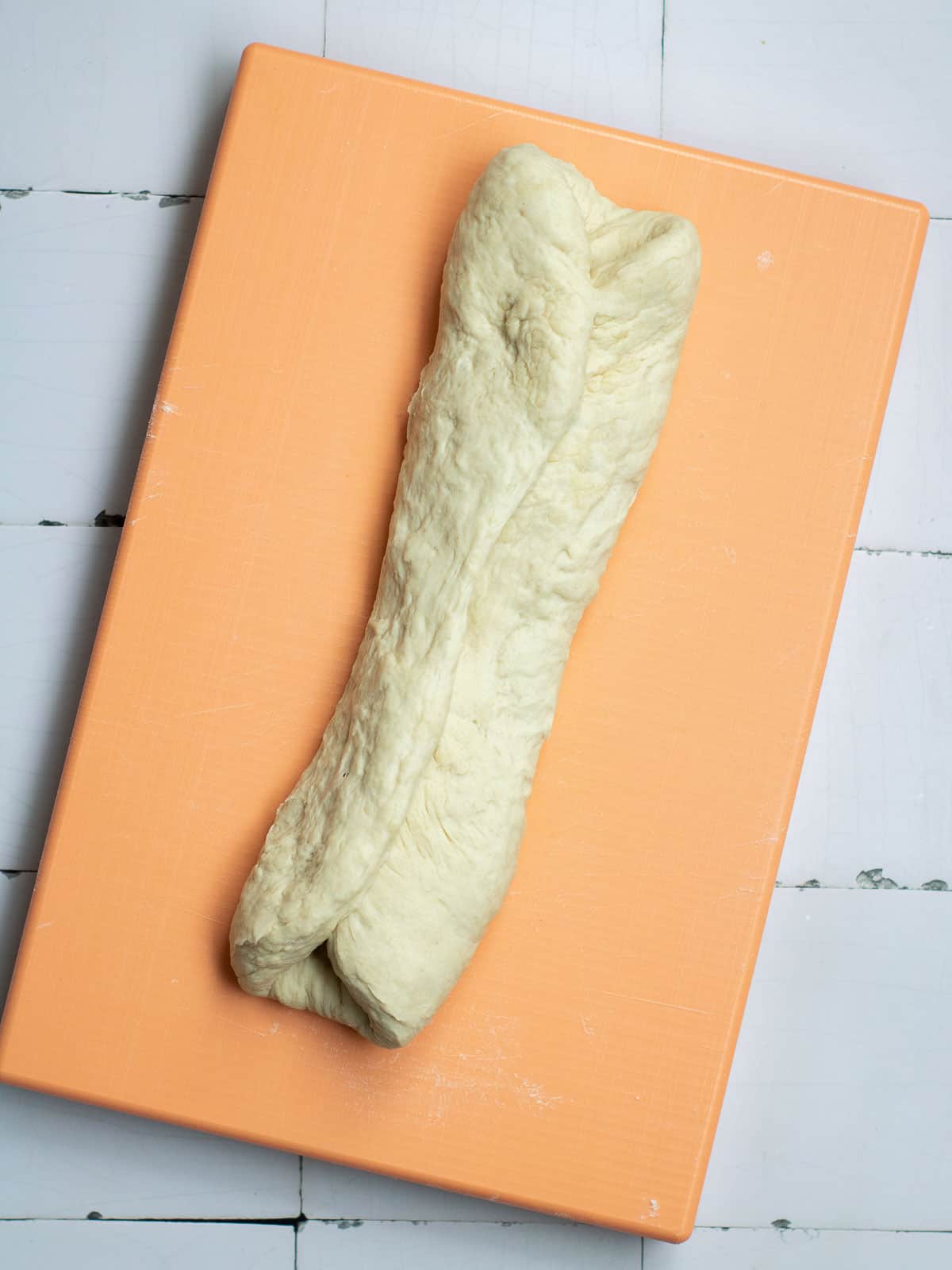
Step 6: Fold the long edges into the center, then roll the dough into a log, pinching the seams closed. Roll it back and forth to elongate the dough.

Step 7: Place the shaped dough on a baking tray. Cover the dough loosely with a cloth and let it rise for 45 minutes to 1 hour.
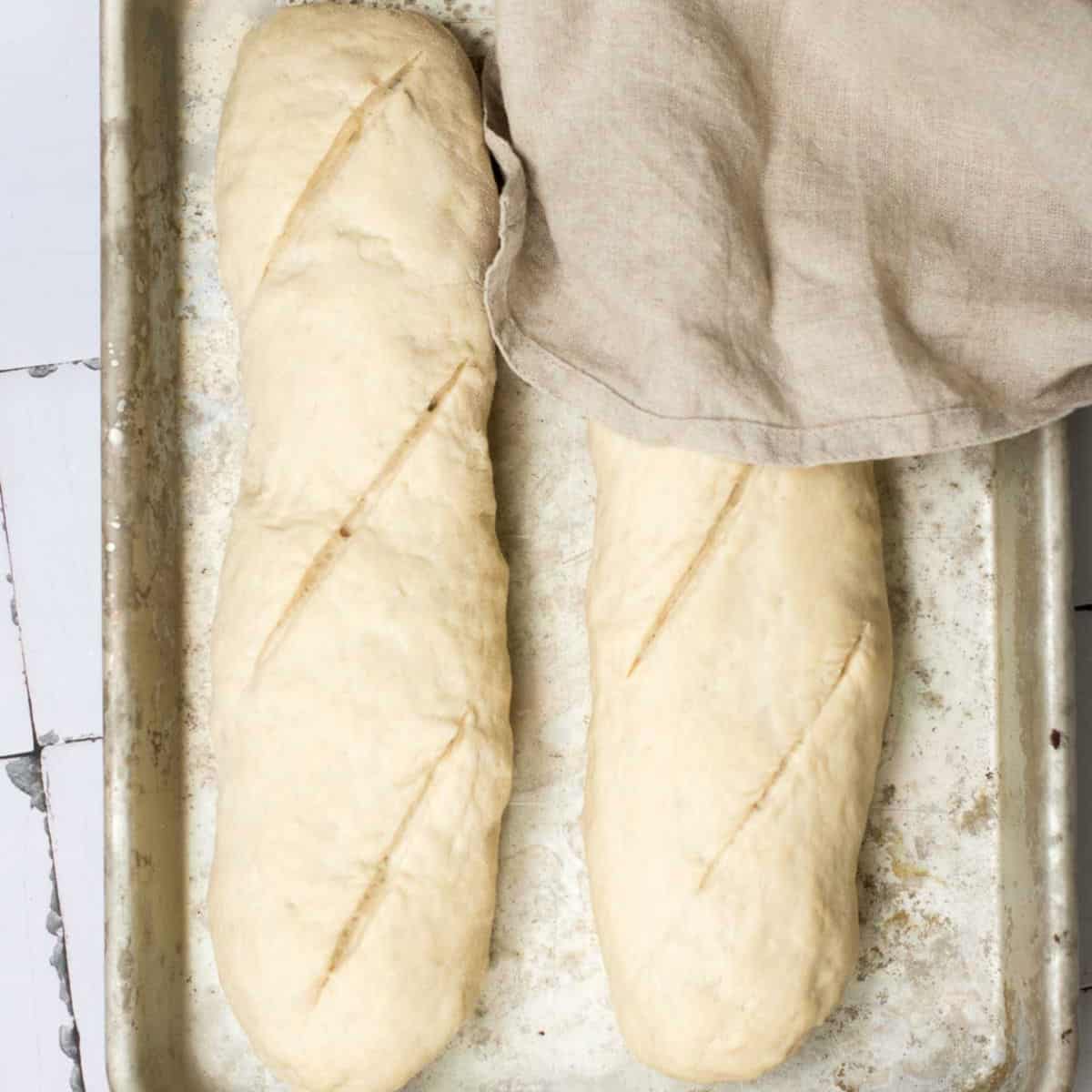
Step 8: Using a sharp knife, make 3-4 diagonal slashes on the top of each baguette.

Step 9: Preheat the oven to 480℉ and add a shallow pan with one cup of water on the bottom rack to create the steam. Place the tray with the baguettes in the preheated oven with steam. Bake for 10 minutes, and then remove the water bath pan. Keep baking the baguettes for 10-15 minutes until the crust is golden brown, and the baguettes sound hollow when tapped on the bottom.
Expert Tips
- I am using instant yeast in this recipe, which does not require blooming. If you use active dry yeast, bloom it in sugar and water before adding it to the flour.
- Steam is essential for that golden, crisp crust. Place a tray of water at the bottom of the oven when preheating. If you have a Dutch oven or baking cloche, these can also trap steam effectively.
- Baguettes should be proofed until just slightly springy to the touch. Over-proofing can cause them to deflate or spread during baking, losing their classic shape.
- Allow the baguettes to cool completely on a wire rack before slicing. Cutting too soon releases steam, making the crumb gummy instead of airy.
- To keep your baguette fresh, store it at room temperature in a paper bag or wrapped in a clean kitchen towel for up to two days. Avoid plastic bags, as they trap moisture and make the crust soft.
- For longer storage, freeze the baguette in an airtight bag. When ready to enjoy, reheat it directly in the oven at 350℉ for about 10 minutes to revive its crisp crust and soft interior.
Enjoying These Classic Baguettes: Serving Ideas
These classic baguettes are incredibly versatile and can be enjoyed in many ways, making them perfect for any meal or snack. Here are some ideas:
- On Its Own: Enjoy your classic baguette on its own with a light spread of butter. The combination of the warm, crispy crust and the creamy butter makes it a simple yet satisfying treat. Perfect as a snack or accompaniment to any meal.
- With Cheese or as a Sandwich: Fresh baguette slices pair beautifully with cheeses—think creamy brie, tangy goat cheese, or sharp cheddar. Or, slice the baguette to create delicious sandwiches filled with smoked meats or fresh veggies. My favorite is this chickpea salad sandwich.
- Dipped in Olive Oil or with Soup: Tear off pieces of your baguette to dip into rich olive oil and balsamic vinegar for a simple appetizer, or use it to soak up the flavorful broths of soups.
- As Toast with Toppings: Slice your baguette and toast it for a crispy treat. Top with butter, jam, or avocado for a light snack. I love to turn them into garlic bread by brushing it with butter and garlic before toasting.
- As a Part of a Charcuterie Board: Add baguette slices to a charcuterie board for a delicious and versatile base. It pairs perfectly with a variety of meats, cheeses, olives, and spreads.
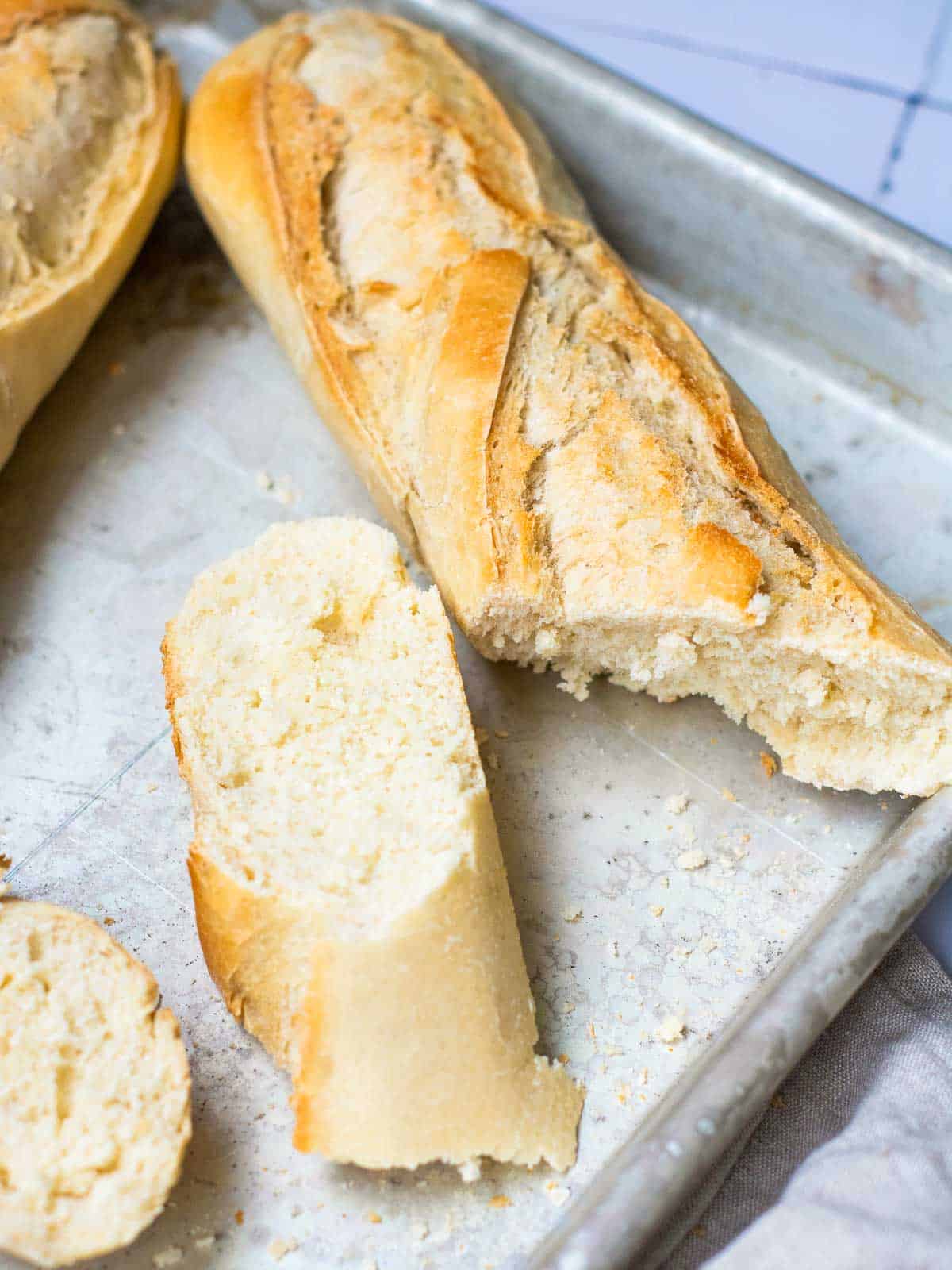
If you tried this French Baguette Recipe or any other recipe on my website, please leave a 🌟 star rating and let me know how it went in the 📝 comments below.

Equipment
Ingredients
- 4 cups bread flour (around 520 grams)
- 2 teaspoons salt
- 2 teaspoons sugar
- 1 packet instant yeast see notes
- 1½ cups water warm (around 100℉)
Instructions
- In a large mixing bowl, combine the flour, salt, sugar, and instant yeast. Make a well in the center and pour the warm water into it. Mix with a wooden spoon until a rough dough forms.
- Transfer the dough to a lightly floured surface. Knead for about 10 minutes until the dough becomes smooth, elastic, and slightly sticky. If it’s too sticky, add a little more flour.
- Shape the dough into a ball and place it in a lightly oiled bowl. Cover the bowl with a damp cloth or plastic wrap. Let it rise in a warm place for 1-2 hours or until doubled in size.
- After the first rise, gently deflate the dough and turn it out onto a floured surface. Divide the dough into two equal pieces.
- Working with one piece at a time, shape the dough into a rectangle. Fold the long edges into the center, then roll the dough into a log, pinching the seams closed. Roll it back and forth to elongate the dough to about 30-35 cm (12-14 inches) long.
- Place the shaped dough on a baking tray. Cover the dough loosely with a cloth and let it rise for 45 minutes to 1 hour.
- Preheat the oven to 480℉ and add a shallow pan with one cup of water on the bottom rack. This is called a water bath and it will create steam, which helps form a crispy crust.
- Using a sharp knife, make 3-4 diagonal slashes on the top of each baguette. This helps control the expansion of the bread as it bakes.
- Place the tray with the baguettes in the preheated oven with steam. Bake for 10 minutes, and then remove the water bath pan. Keep baking the baguettes for 10-15 minutes until the crust is golden brown, and the baguettes sound hollow when tapped on the bottom.
- Transfer the baked baguettes to a wire rack to cool completely before slicing.
Notes
- I am using instant yeast in this recipe, which does not require blooming. If you use active dry yeast, bloom it in sugar and water before adding it to the flour.
- Steam is essential for that golden, crisp crust. Place a tray of water at the bottom of the oven when preheating. If you have a Dutch oven or baking cloche, these can also trap steam effectively.
- Baguettes should be proofed until just slightly springy to the touch. Over-proofing can cause them to deflate or spread during baking, losing their classic shape.
- Allow the baguettes to cool completely on a wire rack before slicing. Cutting too soon releases steam, making the crumb gummy instead of airy.
Nutrition








I’ll try this
Hi Floyd,
I would love your feedback once you baked it 🙂
– Shilpa